Laser Vein Treatment
Laser Vein Treatment Examples
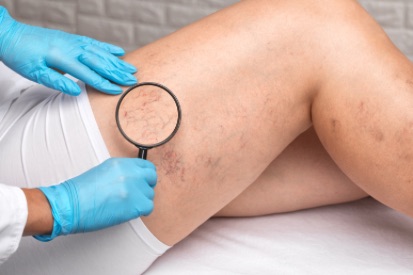
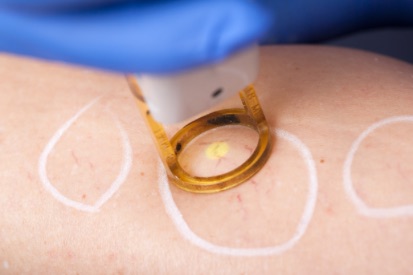
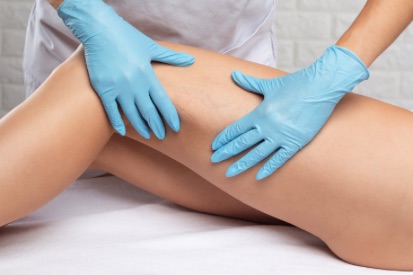
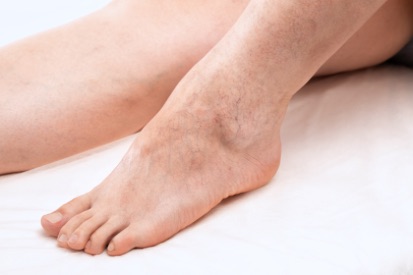
Benefits of Laser Vein Treatment
- Non-invasive procedure.
- Effective for various vein types.
- Minimal discomfort.
- Quick recovery.
- Improved appearance.
- Precision and control technology.
- Safe and FDA-approved.
- Long-lasting results.
Common Side Effects of Laser Vein Treatment
- Temporary redness or swelling at the treatment site.
- Minor bruising, which typically resolves within a short period.
- Mild discomfort or tingling sensations.
- Temporary skin sensitivity, such as itchiness or warmth, may occur but is usually short-lived.
- Changes in skin pigmentation may occur, either darkening (hyperpigmentation) or lightening (hypopigmentation).
- Extremely rare risk of infection or scarring.
- Blistering.
- Crusting or scabbing.
What to Expect at Your Laser Vein Treatment Appointment
At your laser vein treatment appointment, you can anticipate a personalized and professional experience aimed at addressing visible veins and promoting healthier skin. The process begins with a thorough consultation where our experienced dermatology professionals will assess your concerns, skin condition, and aesthetic goals. Following this, the treatment area will be prepared, and protective measures, such as cooling gel and eyewear, will be applied for your comfort.
During the laser treatment, our state-of-the-art technology will be precisely directed to target visible veins. While you may experience a mild snapping or stinging sensation, our team ensures your comfort throughout the procedure. The duration of the treatment depends on the size and number of veins being addressed. Post-treatment, you can resume your regular activities, with any redness or swelling being typically temporary.
Laser Vein Treatment Maintenance Recommendations
In the weeks following the laser vein treatment, you'll observe a gradual reduction in the appearance of treated veins. To maintain the optimal results achieved through laser vein treatment, it is essential to follow specific aftercare recommendations.
- Sun Protection: Apply broad-spectrum sunscreen regularly to the treated area to protect against UV damage and minimize the risk of complications.
- Avoiding Heat Exposure: Refrain from hot baths, saunas, or prolonged exposure to heat immediately after the treatment to minimize the risk of irritation.
- Gentle Skincare: Use mild, fragrance-free skincare products and avoid harsh exfoliants in the treated area to prevent unnecessary irritation.
- Hydration: Stay well-hydrated by drinking an adequate amount of water daily, contributing to overall skin health and aiding in the healing process.
- Compression Stockings (if recommended): If your dermatology provider suggests it, wear compression stockings as directed to support the effectiveness of the treatment.
- Regular Follow-Up Appointments: Attend any scheduled follow-up appointments with your dermatology provider to assess results, address concerns, and determine if additional sessions are needed.
By incorporating these maintenance recommendations into your routine, you can enhance the longevity of your laser vein treatment results and support the ongoing health and vibrancy of your skin.
Laser Vein Treatment Maintenance Schedule
- Our team of trusted dermatology professionals is committed to delivering effective and personalized care, and a follow-up appointment may be scheduled to assess your results and determine if additional sessions are needed.
- The maintenance schedule for laser vein treatments can vary based on individual factors such as the severity of the condition, the type of laser used, and the specific treatment plan designed by your dermatology provider.
- Generally, multiple sessions spaced several weeks apart are initially recommended to achieve optimal results.
- After the initial series of treatments, maintenance sessions may be advised at intervals ranging from six months to a year, depending on how well your veins respond and the extent of the improvement.
Laser Vein Treatment FAQs
Laser vein therapy uses focused light energy to target and heat unwanted blood vessels, causing them to coagulate and be gradually absorbed by the body, leading to the reduction or elimination of visible veins.
Patients may experience a mild snapping or stinging sensation during the procedure, but discomfort is generally minimal and well-tolerated. Topical anesthetics may be applied to enhance comfort.
The number of sessions varies based on the size, number, and type of veins being treated, as well as individual responses. Typically, multiple sessions spaced a few weeks apart are recommended for optimal outcomes.
How Brentwood Dermatology Can Help
Featured Products
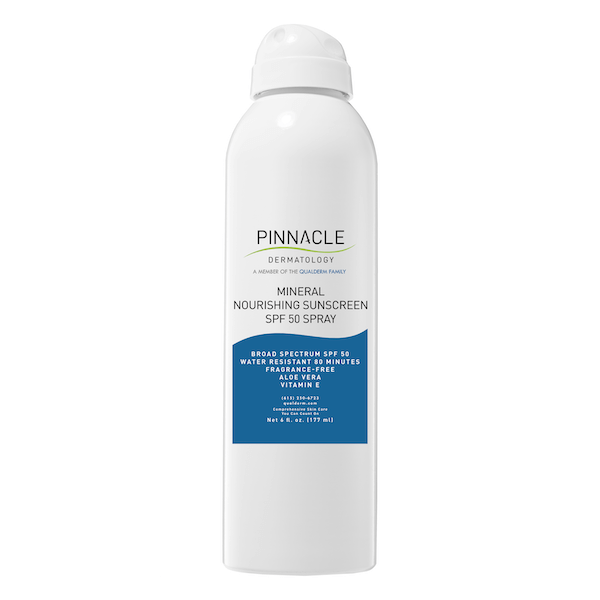
Pinnacle Skin Care Mineral Nourishing Sunscreen Spray SPF 50
Our all-mineral, sweat-resistant sunscreen spray features zinc oxide with hydrating aloe and vitamin E. This lightweight formula combines broad-spectrum UVA/UVB SPF 50 sun protection. Perfect for active lifestyles and long hours in the sun. Water-resistant up to 80 minutes.
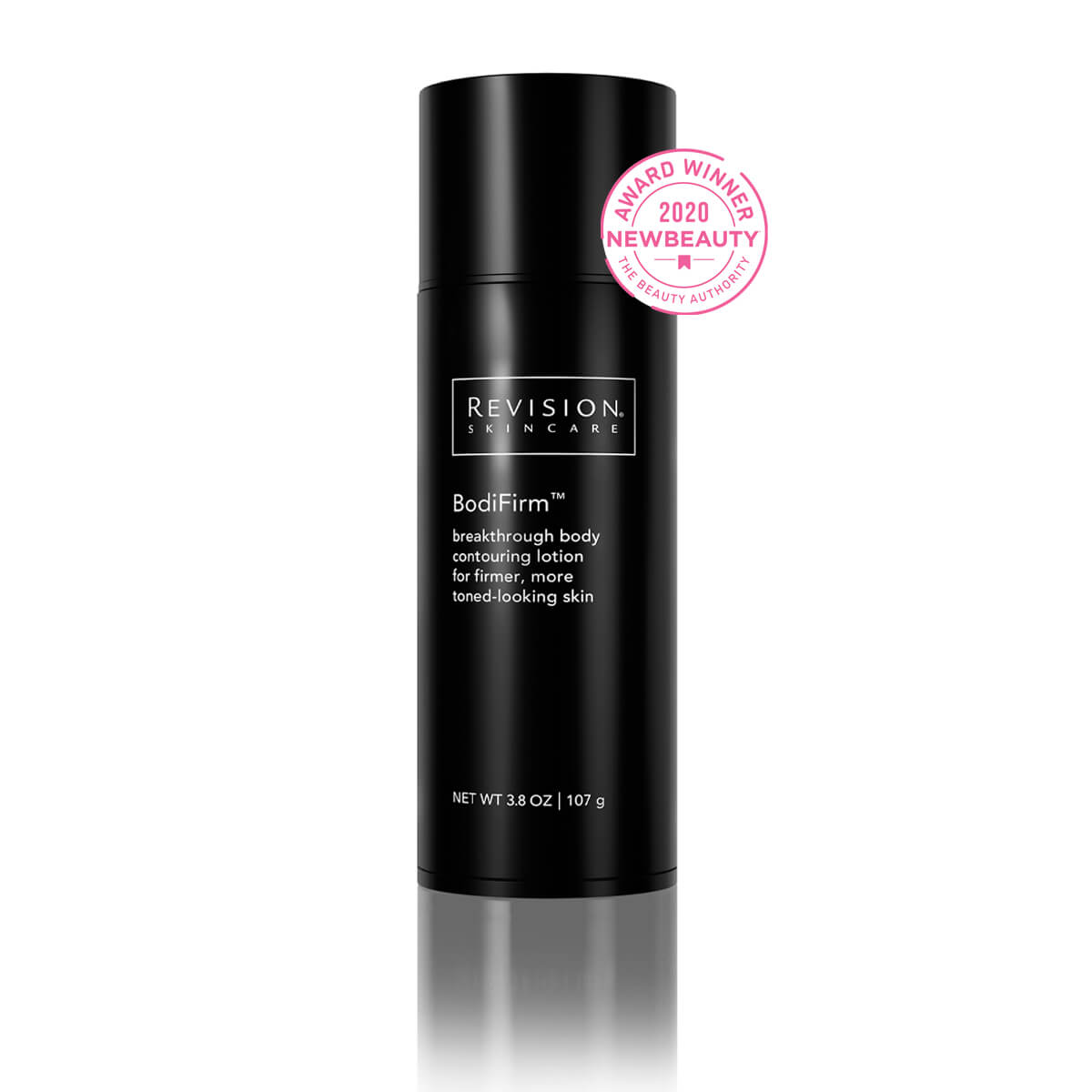
Revision BodiFirm
Because skin on the body is fundamentally different from skin on the face and décolletage, we created BodiFirm™, the first Revision Skincare product specifically formulated to address skin concerns on the body. This clinically-proven formula with patent-pending iFirm®Technology was designed to help visibly firm, tighten and lift sagging, crepey skin in order to sculpt and tone the body. NET WT 3.8 OZ | 107 g w/pump
